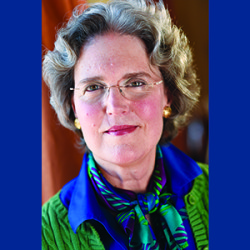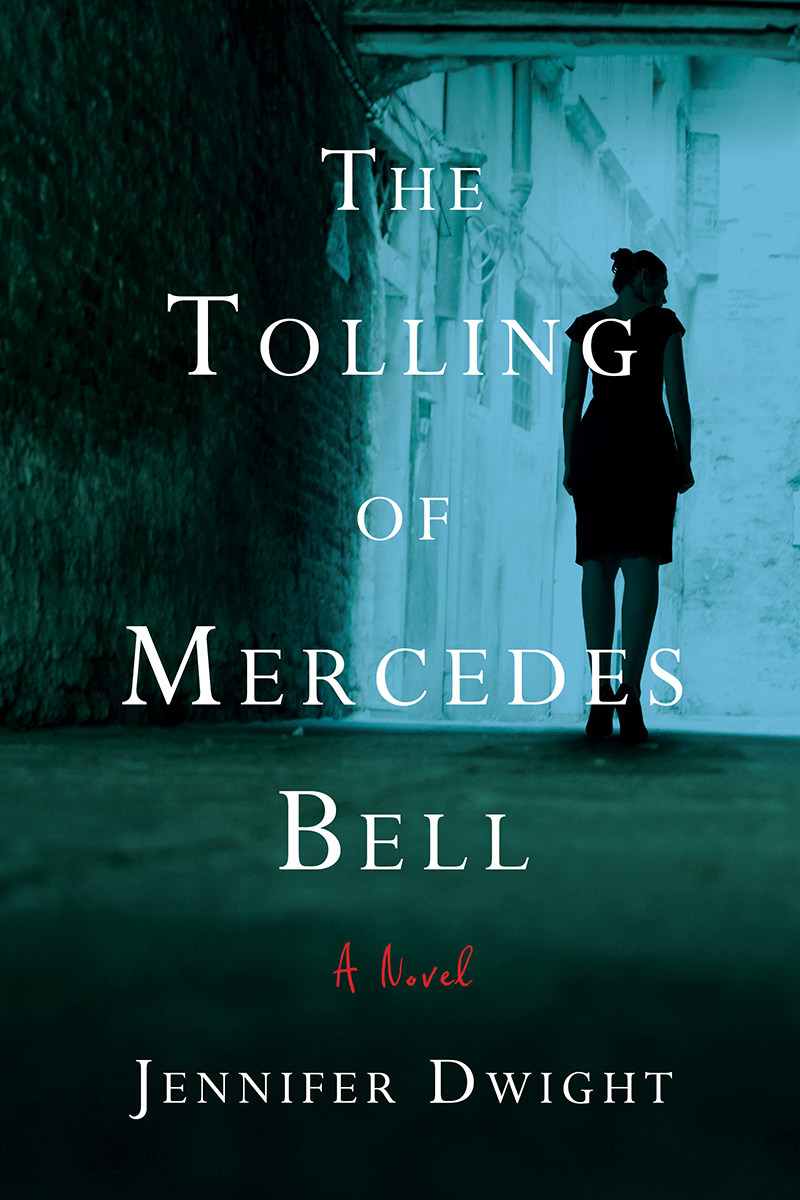The Birth of a Novel
Part 7: Publishing Avenues for the Debut Novelist
The writing gift comes with a couple of price tags. First, there are the demands the Muse makes on you, the author, while the novel is under construction, and second, the business of getting your manuscript suitably published.
This is the Age of More for the writer. There are more venues for writing, more educational opportunities, more people writing, more books being published each year, and more ways to be published.
If you’re tenacious and willing to learn, success is achievable – but you must be willing to follow the advice of trustworthy publishing professionals and adapt to a changing landscape. Above all, you’ll need to deploy the business part of your brain that sees your novel as intellectual property, a product to be sold.
During the last few decades there has been a tectonic shift in publishing. Only five big trade book publishing houses are left standing in the U.S.(1), amidst a proliferation of smaller independent presses, an explosion in self-publishing, and the emergence of the newest model – hybrid publishing. Which one is right for you?
Traditional Model: Once your manuscript is “finished,” you research literary agents and learn the art of preparing submissions and building your author’s platform. After months or years, you find a well-connected agent to represent you in the hunt for a publisher.
Publishers rely on literary agents as gatekeepers, to help them sift the huge volume of manuscripts submitted every month in search of gems. Good literary agents know the types of books being produced by various publishing houses, and can spot the rare jewel.
Once an agent agrees to take you on, she pitches the work to publishers and negotiates the publishing contract for you. Once you’re under contract, the publisher takes control of the entire process of producing the book, under a strict timetable, and will use its distribution network to get the finished product to market. This method offers the least risk to you, the least transparency, the broadest distribution reach, but will pay you the smallest percentage of profit of any of the models.
Self-Publishing Model: This Wild West of publishing offers the most freedom, most risk and least “traditional” respectability of the three models. Self-publishing vendors of every stripe offer a comprehensive range of services and on-line platforms for authors: editing, formatting, graphic artwork, interior design, cover design, copyright and ISBN procurement, technical support for file conversion and uploading to global platforms, etc. The costs are the author’s to bear or share.
However, publication is only part of the challenge. Spreading the word about your book and attracting readers is the steeper climb. See the article about self-publishing success, Rachel Abbott, “How to make a lucrative living as a self-published author: Everything you need to know” by Stefan Kyriazis.
Self-publishing appeals to many authors who haven’t succeeded in attracting an agent or a traditional book deal, or who think they don’t want one. However, there is a stigma attached to this method due to the lack of quality control by seasoned professionals. The average self-published book only sells 250 units. Distributors, whose job it is to sell books to booksellers, have no financial incentive to promote self-published books, so the means of getting your book into the hands of readers will be up to you entirely. Being “successful” at self-publishing can require as much research, time and energy of the author as writing the book in the first place.
The Hybrid Publishing Model: This new partnership model encompasses the best of both worlds: the curated selection of manuscripts by experienced publishers, production support, and distribution networks of the traditional model with the higher profit share and freedom that self-publishing provides. The author pays for basic publishing costs while the publisher provides high quality editorial and artistic product development and distribution through major avenues not available to self-published books. Unlike self-publishing vendors who contract with authors, the hybrid publisher has skin in the game and a publisher’s reputation to protect. As more hybrid-published books earn good reviews, win awards and sell well, the industry is taking note.
Next: Publicists and Publishing Logistics
1 (a) Hachette Book Group; (b) HarperCollins Publishers; (c) MacMillan; (d) Penguin Random House; and (e) Simon & Schuster. Valerie Peterson, http://publishing.about.com/od/BookPublishingGeneralInfo/a/The-Big-Five-Trade-Book-Publishers.htm, Feb. 29, 2016.
 Jennifer Dwight worked as a litigation paralegal, trainer and author for 33 years in the San Francisco Bay Area. She has presented seminars, written and published numerous articles, a 60-segment fiction serial (The Dissemblance of Marie Mirabeau), short stories and three paralegal books (The Nuts & Bolts of Civil Litigation Practice, The Indispensable Paralegal During Discovery and Law Firm Life for the Legal Assistant). Her suspense novel, The Tolling of Mercedes Bell, will be published in May, 2016 by She Writes Press. She welcomes comments through her website, www(dot)authorjenniferdwight(dot)com.
Jennifer Dwight worked as a litigation paralegal, trainer and author for 33 years in the San Francisco Bay Area. She has presented seminars, written and published numerous articles, a 60-segment fiction serial (The Dissemblance of Marie Mirabeau), short stories and three paralegal books (The Nuts & Bolts of Civil Litigation Practice, The Indispensable Paralegal During Discovery and Law Firm Life for the Legal Assistant). Her suspense novel, The Tolling of Mercedes Bell, will be published in May, 2016 by She Writes Press. She welcomes comments through her website, www(dot)authorjenniferdwight(dot)com.

